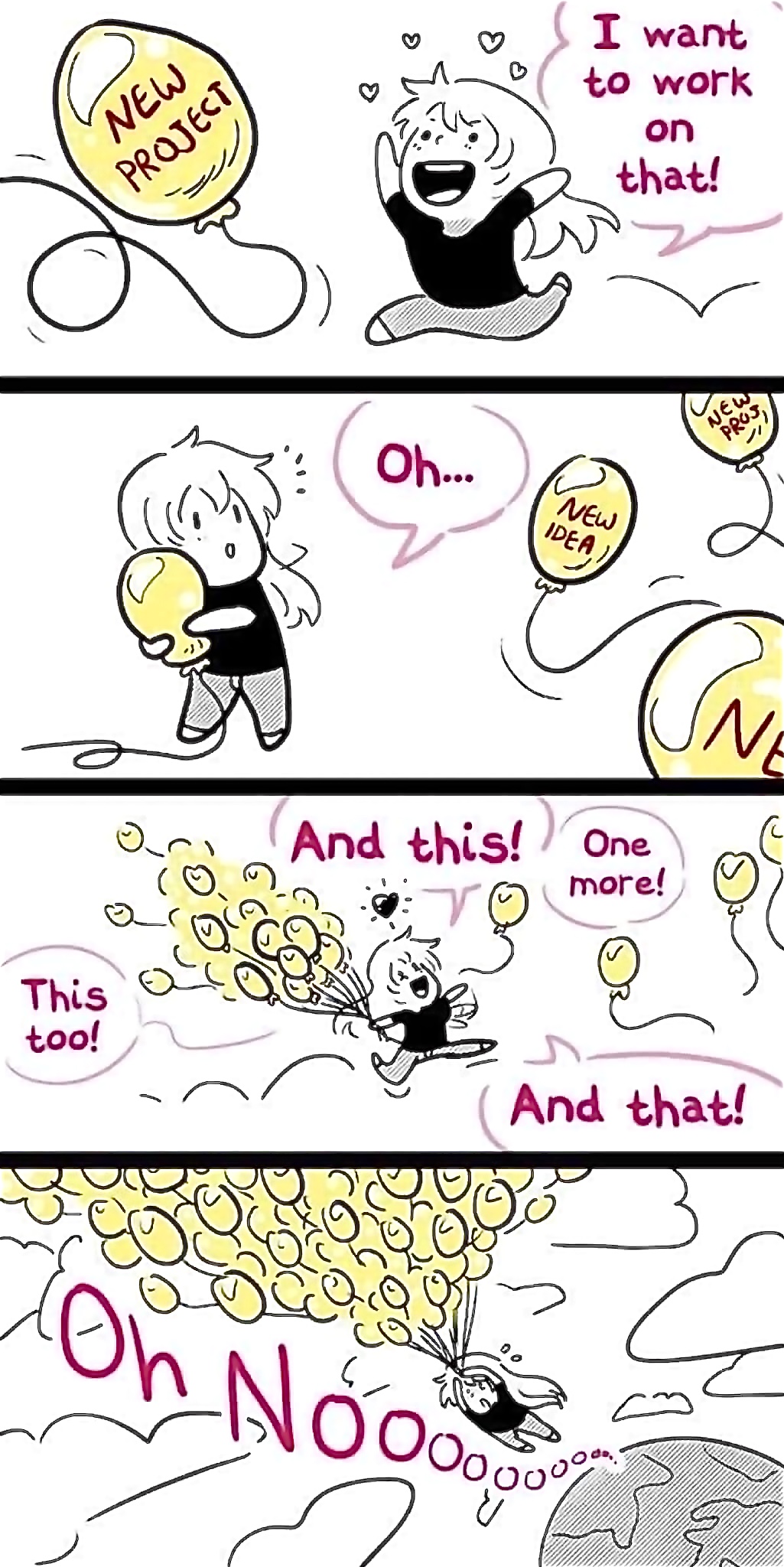Long before “Shiny Object Syndrome” was coined as a term, an insignificant blogger from Utah referred to a similar condition and called it Multi-Irons Syndrome. Are they the same thing?

Shiny Object Syndrome — The Fancy Term for Something You’ve Been Doing All Your Life
There is often a difference between what an expression means when it is coined and how people end up using it. People often don’t see eye to eye on these things. One group will insist on the academic or dictionary usage of a term or word, while the popular usage tromples all over them. Irregardless, we don’t have a lot of control over language. (Yes, yes, I couldn’t resist.) Language evolves. Take a stand on one meaning, and you’ll soon find yourself in the camp of people who hate the use of the singular “they”, shaking your aging fist at the sky, shouting, “But that’s not what the word means!” We lost that particular battle years ago when people got tired of typing “he or she” and “him or her” as gender neutral expressions in business letters.
Shiny Object Syndrome is another one of those terms. People don’t exactly agree on what it means, and they don’t all use the same expression, though it is clear which one is winning that particular battle. The original meaning of “Shiny Object Syndrome” has more to do with project creep than distractions, but that’s not how it is used. Just look at that wonderful cartoon. It was labeled ShinyProjectSyndrom_e1556842006339.jpg on the oldest link I found, like that helps. Syndrome isn’t even spelled correctly.
I have no idea who drew it originally, but they captured the manic zeal of the syndrome perfectly. I have referred to the same issue since 2008 as “Multi-Irons Syndrome”. My term has more in common with the less popular “Shiny Project Syndrome”, but “Shiny Object Syndrome” has the clout and its own Wikipedia entry.
Shiny Object Syndrome as a Way of Life
Recently, I embraced Shiny Object Syndrome as a coping strategy to deal with the crushing depression I was suffering from during the pandemic, and then after coming down with COVID–19. Laying in bed and staring at the ceiling for entertainment gets boring in a hurry. Letting myself get excited about new projects was the only thing at times that lifted my spirits.
I don’t regret the coping strategy, because it was so helpful initially. I’ve written about having too many irons in the fire before, but I ended up with a bit too many projects this time. To manage things, I’m journaling my process as I take this massive new pile of nascent projects and prune them before I fail to achieve my birthday goals. I call it my Bookwork project.
Adults with ADHD are particularly susceptible to Shiny Object Syndrome. Every task worth the effort involves a bit of drudgery before great things can be accomplished. Unfortunately, our Teflon coated brains are averse to the boredom that drudgery welcomes in with open arms. Our minds switch tasks to something more appealing so quickly, we often are not aware of the change. Then we end up with something like my Bookwork project where I wanted to write fifteen books simultaneously. FIFTEEN! As soon as I realized what I had committed myself to, I had a good laugh.
Simple Steps to Prevent Shiny Object Syndrome from Taking Over Your Life
If you’ve got ADHD, it isn’t likely that you’ll be able to kick this habit. An aversion to boredom is built into the diagnosis. However, you can manage it. Here’s how I halt the parade of ideas and finish the floats I began with:
- Keep the most important goals in the forefront of your mind. Plaster them on the wall if you have to.
- Periodically reassess your project goals to cut out the cruft.
- Don’t be afraid to shelf “cool” ideas if they are getting in the way of what you’re supposed to accomplish.
- Work on your projects in short steps to avoid deep boredom.
- Build in rewards for staying focused.
Whatever you want to call it, people with ADHD collect new projects without even trying. I don’t think this is a bad thing. Our minds are unfettered and freely creative. Good things can come from that chaotic maelstrom of thoughts. The trick is to regulate it so that we aren’t always creating and accumulating ideas, but taking time to bring some of them to life.
